E-commerce Growth
The rapid expansion of e-commerce is reshaping the Tin Containers Market. As online shopping continues to gain traction, the need for durable and attractive packaging solutions becomes increasingly critical. Tin containers, known for their sturdiness and aesthetic appeal, are well-suited for e-commerce applications. Recent data indicates that e-commerce sales have surged, with projections estimating a growth rate of approximately 15 percent annually. This shift necessitates innovative packaging solutions that can withstand shipping and handling while also appealing to consumers. Consequently, the demand for tin containers is likely to rise as businesses seek reliable packaging options that enhance product presentation and protect contents during transit.
Innovative Product Designs
Innovation in product design is a key driver for the Tin Containers Market. Manufacturers are increasingly focusing on creating unique and visually appealing tin containers to differentiate their products in a competitive marketplace. This trend is particularly evident in sectors such as gourmet foods and specialty beverages, where packaging plays a crucial role in attracting consumers. The market for custom-designed tin containers is expected to expand, with estimates suggesting a growth rate of around 6 percent over the next few years. By investing in innovative designs, companies can enhance brand recognition and consumer engagement, thereby driving demand for tin containers.
Sustainability Initiatives
The increasing emphasis on sustainability appears to be a pivotal driver for the Tin Containers Market. As consumers become more environmentally conscious, the demand for recyclable and eco-friendly packaging solutions rises. Tin containers, being fully recyclable, align well with these sustainability initiatives. In fact, the market for sustainable packaging is projected to grow significantly, with estimates suggesting a compound annual growth rate of over 5 percent in the coming years. This trend not only encourages manufacturers to adopt greener practices but also influences consumer purchasing decisions, thereby enhancing the overall appeal of tin containers in various sectors, including food and beverage, cosmetics, and pharmaceuticals.
Health and Safety Regulations
The Tin Containers Market is also influenced by stringent health and safety regulations. As industries such as food and pharmaceuticals face increasing scrutiny regarding packaging materials, the demand for safe and compliant packaging solutions rises. Tin containers, which are non-toxic and resistant to corrosion, are often preferred for packaging food products and medicines. Regulatory bodies are continuously updating guidelines to ensure consumer safety, which may lead to a shift towards materials that meet these standards. Consequently, the tin containers market is likely to benefit from this trend, as manufacturers seek compliant packaging options that ensure product integrity and consumer trust.
Consumer Preferences for Premium Packaging
Consumer preferences are shifting towards premium packaging, which serves as a significant driver for the Tin Containers Market. As disposable income rises, consumers are increasingly willing to pay a premium for products that offer superior packaging. Tin containers, with their luxurious appearance and durability, are often perceived as high-quality packaging solutions. This trend is particularly pronounced in sectors such as gourmet foods, cosmetics, and specialty beverages, where packaging plays a vital role in consumer perception. Market analysis suggests that the demand for premium packaging is expected to grow, potentially increasing the market share of tin containers as brands seek to enhance their product offerings and attract discerning consumers.




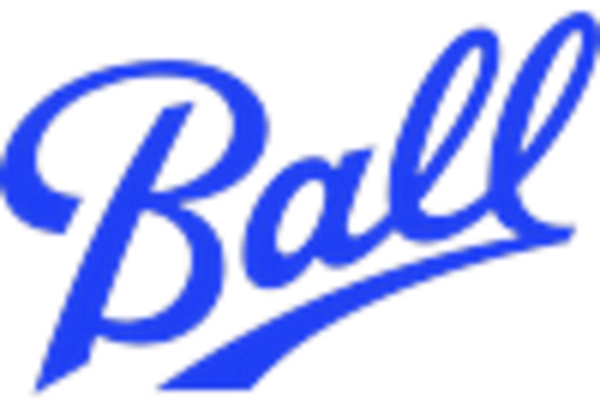
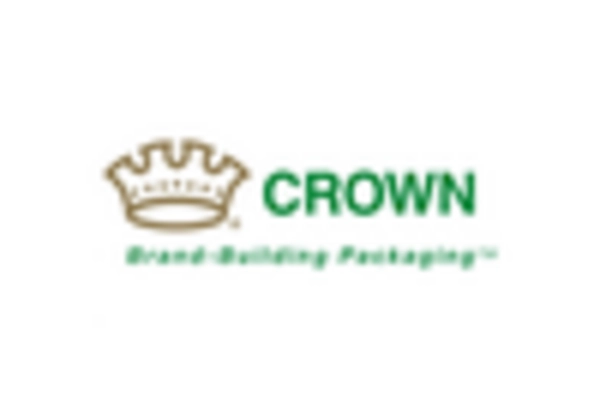
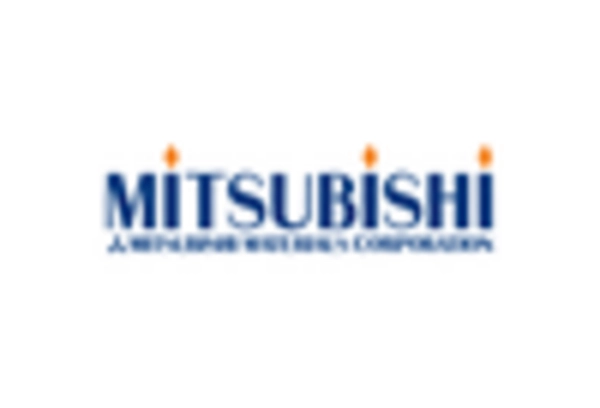
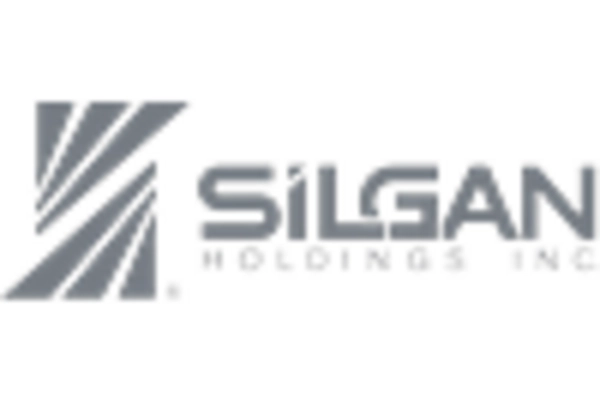
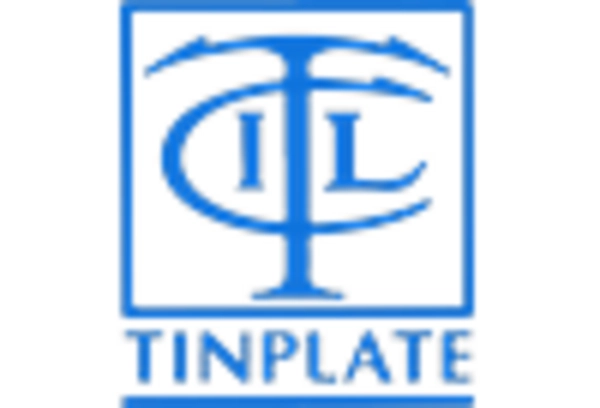








Leave a Comment